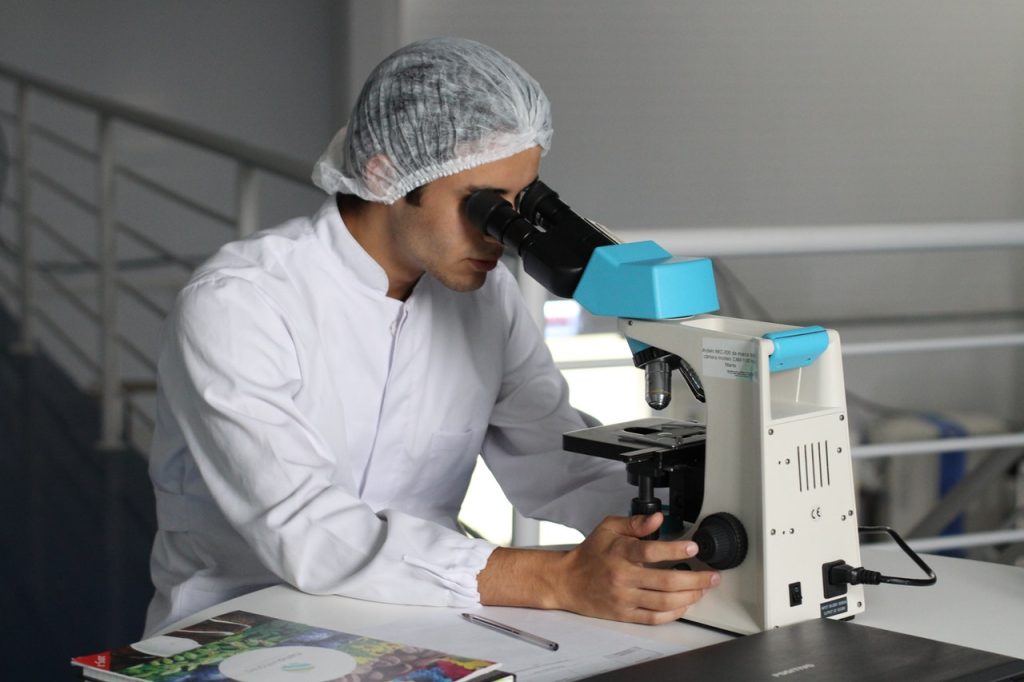Ways Modern Medicine is Improving the World

It’s not difficult to become overpowered by all the awful things on the planet, yet we should not disregard every one of the inconceivable clinical progressions that have saved a huge number of lives. In 1796, the normal human life expectancy was something like 24 years. Because of present day medicine, we’ve nearly significantly increased that number with a current normal life expectancy of 63 years of age.
Underneath are the generally mind blowing and probably the most fascinating advanced clinical accomplishments.
The Human Genome
Planning the human genome turned into somewhat of a race during the 1990s between two central parts: the public authority financed the Human Genome Project and the exclusive Celera Genomics. Both delivered a last draft of the human genome in 2003 and have kept on making refreshes.
Quality sequencing has assisted analysts with distinguishing single qualities that cause illnesses and to make better medicines for those infections. Craig Venter, PhD, boss researcher behind Celera Genomics, sees the human genome as the forerunner for a variety of clinical progressions.
Undifferentiated cell Research
Basically, foundational microorganisms can be modified to turn out to be some other sort of cell in the human body. Researchers view this examination as a critical progression which can possibly fix extremely perilous, hazardous sicknesses. By transforming grown-up cells back into immature microorganisms, the potential outcomes could be huge.
Foundational microorganism specialist, George Daley, MD, PhD, of Children’s Hospital in Boston, refers to the examination as “stunning.” This May, researchers declared that they had cloned human undeveloped cells interestingly. Early advancements in undeveloped cell treatments for heart fix and eye illness are in the early phases.
Face Transplants
In 2010, specialists in Spain finished the principal full-face relocation on a harmed man face in a mishap. During 24 hours of medical procedure, the man got another nose, lips, teeth and cheekbones.
Connie Culp got the main full-face relocation in the United States subsequent to being harmed by a slug in 2004. Culp was left to some degree blind, and keeping in mind that visual impairment is certifiably not an ideal trademark for full-face relocate applicants, she got the medical procedure in a 22-hour activity.
Following the strategy, patients go to a complicated recovery process, where they figure out how to eat, talk and make looks once more.
Reestablishing Sight to the Blind
Visual deficiency can be caused by a wide cluster of issues, and keeping in mind that there is no fix all, new progressions are giving fruitful results. Machine inserts have had the option to give individuals who were totally visually impaired the ability of recognizing shading, faces, food and items. The gadget, which works like an advanced camera, makes a picture then, at that point, conveys messages to the mind through nerve cells.
With the assistance of foundational microorganisms, specialists had the option to reestablish sight to a visually impaired man for a very long time.
Making due Without a Heart
Fourteen-year-old D’Zhana Simmons from South Carolina was given a heart relocate in 2008. Simmons, who experienced a condition known as widened cardiomyopathy, had a debilitated heart which kept blood from siphoning productively.
At the point when her new heart neglected to work appropriately, specialists had the option to fit two siphons to keep her blood streaming while she recuperated before her medical procedure, and keeping in mind that they searched for another heart. Simmons lived without a heart for right around four months-a sum of 118 days. Her second endeavor at a heart relocate on October 29, 2008, was done effectively.
Dropping Heart Disease by 40 Percent
Just 25 years prior, coronary failure patients were shipped off dull rooms, given morphine and were told to stay cautiously optimistic. Remembered to have been “large” and excessively harming for the heart muscle to fix from, patients who experience the ill effects of coronary failures currently stay considerably more hopeful.
Today, treating a coronary episode is generally about speed. Drugs that didn’t exist 25 years prior are additionally now used to assist with treating respiratory failures. Close to half of the additions in coronary illness come from new treatment medications, while around 60% are because of anticipation strategies.
Resurrecting People
Because of current medicine, it’s presently conceivable to be dead for a couple of hours and return back to a completely working life, intact, for quite a long time.
Sam Parnia, MD, is the specialist at the bleeding edge of this clinical headway. His techniques have kept a 33 percent chance of restoration (when contrasted with customary American clinics, where the number stands at around 16%) and could set aside 50,000 lives per year. His methods, which incorporate cooling the body, having a machine complete CPR and misleadingly oxygenating the blood, can save individuals’ bodies-and brains prepared for revival.
Destruction of Polio from India
India, which is home to in excess of a billion groups, has had a polio issue for a really long time. In 1988, there were around 200,000 instances of polio reported in India alone, more than in some other countries. From that point forward, the Global Polio Eradication Initiative was sent off, with the objective to kill polio around the world.
Wellbeing authorities, through making the biggest general wellbeing effort ever, went through somewhere in the range of 8 billion dollars and utilized more than 2.3 million individuals in endeavors to dispose of the illness. The mission ended up being a triumph: beginning around 2011, India has had no announced instances of polio.
Hostile to Smoking Laws and Campaigns Reduce Public Smoking
While there is no public smoking boycott in the U.S., 27 states have instituted smoking boycotts, including seven which have ordered restrictions from smoking in bars and gambling clubs. As indicated by the Institute of Medicine in a report last October, these boycotts have sliced openness to handed-down cigarette smoke, prompting a decrease in respiratory failures and passing from coronary illness.
These regulations, which are intended to change normal practices with respect to the “comprehensiveness” of smoking, have worked: they are further developing indoor air quality, lessening openness and (maybe above all) are assisting smokers with stopping.
Expanded Survival for Patients with HIV
In 1996, the future for a 20-year-old with AIDS was around three to five years. Because of current medicine, it’s presently around 69 years.
HIV/AIDS has advanced from a capital punishment to an ongoing yet survivable illness because of the presentation of exceptionally dynamic antiretroviral treatment (HAART) which consolidates drugs in various ways and groupings to turn into a model for treating different sicknesses, like cellular breakdown in the lungs or coronary illness.
As researchers keep on making enhancements with HAART treatment, they have started to discover a few mixes more valuable in influencing patients with more broad illness. The numbers have demonstrated quite recently this: somewhere in the range of 2006 and 2007, there was a 10 percent drop in passes because of HIV in the U.S. alone.


